
Scrivener: Learning styles
What’s your learning style?
As a teacher, I’m aware that students have different learning styles and, to meet their needs, it’s important to present information in ways to suit these various learning styles.
As a student, trying to learn Scrivener, for the best results, you also need to be aware of how best you learn.
- If you are happy working your way through an online tutorial, great! Literature and Latte provide this facility for you. Check out my post here.
- If you feel you need a structured course (and are willing to pay for it), check out my post here.
- If you prefer to see a demonstration, you could tap into the free videos available on YouTube provided by Literature & Latte and others, or book a Simply Scrivener Special with me.
- If you prefer to read a book, read on …
Learning Scrivener from a book
Whether you buy your books from a store or on Amazon, there are quite a few on sale. You also have a choice of format: hardback, paperback, Kindle. Take your pick!
Meet Gwen Hernandez
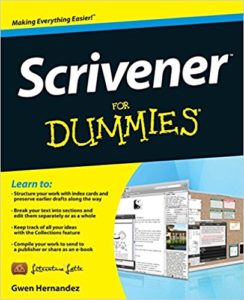 Gwen Hernandez is the recognised expert in Scrivener. Her book, Scrivener for Dummies, was published in 2012 and is available as a paperback or Kindle.
Gwen Hernandez is the recognised expert in Scrivener. Her book, Scrivener for Dummies, was published in 2012 and is available as a paperback or Kindle.
Gwen also provides classes in Scrivener, including courses in Scrivener 3. Check out her website here.
Meet Karen Prince
Karen has two Kindle books: one for Windows users and another for the Mac users.
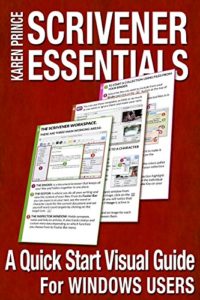
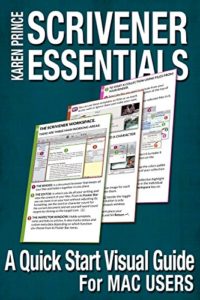 These were both updated and re-formatted in October 2015.
These were both updated and re-formatted in October 2015.
Since these platforms display menus and panes differently, make sure you buy the right one for you.
Within the Kindle versions, there is an invite to download the cheat sheets that Karen has created.
I have the one for the Mac and it’s uber-useful.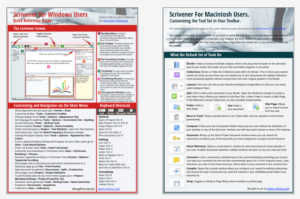
Karen also offers courses on her website and via Udemy.
And the cheat sheets are also available via her website.
Who else writes books on Scrivener?
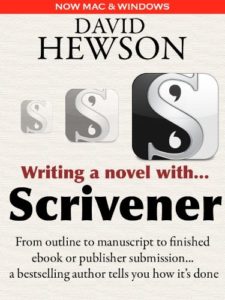 David Hewson has lots of novels to his name but has also published this book: Writing a Novel with Scrivener. The examples in his book are based on an author template which he offers for free via his website.
David Hewson has lots of novels to his name but has also published this book: Writing a Novel with Scrivener. The examples in his book are based on an author template which he offers for free via his website.
The template was written for an early version of Scrivener 2, but I pulled it into Scrivener 3 out of curiosity. It’s always interesting to see how other authors tackle the task, and I was pleased to see David using Collections and having a folder for ‘unplaced scenes’.
David’s book looks excellent for a complete beginner and has earned 42 positive reviews. Check it out?
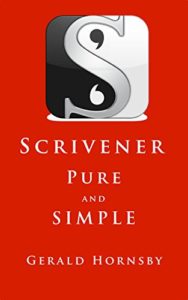 Gerald Hornsby‘s Scrivener Pure and Simple have very few reviews and not all complimentary. Having downloaded it (using my Kindle Unlimited option), I would say it needs a bit of TLC with the formatting for Kindle, but could still provide useful insights for complete beginners.
Gerald Hornsby‘s Scrivener Pure and Simple have very few reviews and not all complimentary. Having downloaded it (using my Kindle Unlimited option), I would say it needs a bit of TLC with the formatting for Kindle, but could still provide useful insights for complete beginners.
If you have Kindle Unlimited, at least have a look at it?
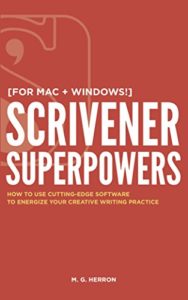 MG Herron has written Scrivener Superpowers: How to Use Cutting-Edge Software to Energize Your Creative Writing Practice, published through The Write Practice. It is available in Kindle format and, with over 100 reviews on Amazon, it comes highly recommended.
MG Herron has written Scrivener Superpowers: How to Use Cutting-Edge Software to Energize Your Creative Writing Practice, published through The Write Practice. It is available in Kindle format and, with over 100 reviews on Amazon, it comes highly recommended.
I was impressed with its Contents page which kicks off with interviews with authors like Joanna Penn, and then separate sections for Windows users and Mac users, each one covering what you need to know to write your novel.
Matt Herron also offers a no-nonsense novel template … and much else besides.
The basic book is only $10, but there are additional features available, at additional cost. The Advanced version is $30 … for which you get an interactive workbook.
If you are prepared to invest $200, the Master edition includes three 30-minute coaching sessions with the author. Or …
Simply Scrivener Specials
To see me demonstrate Scrivener features, or if you need to ask any questions about Scrivener, book a Simply Scrivener Special.
To help me to prepare, you might also complete this short questionnaire.
The ScrivenerVirgin blog is a journey of discovery:
a step-by-step exploration of how Scrivener can change how a writer writes.
To subscribe to this blog, click here.
Also … check out the Scrivener Tips
on my ScrivenerVirgin Facebook page.


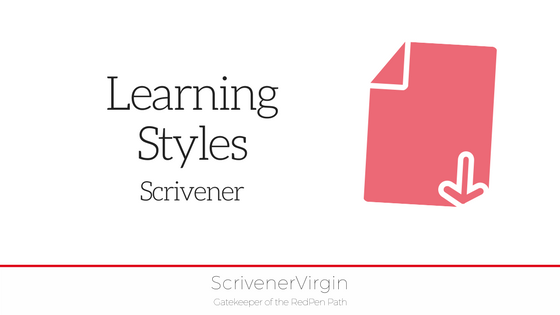

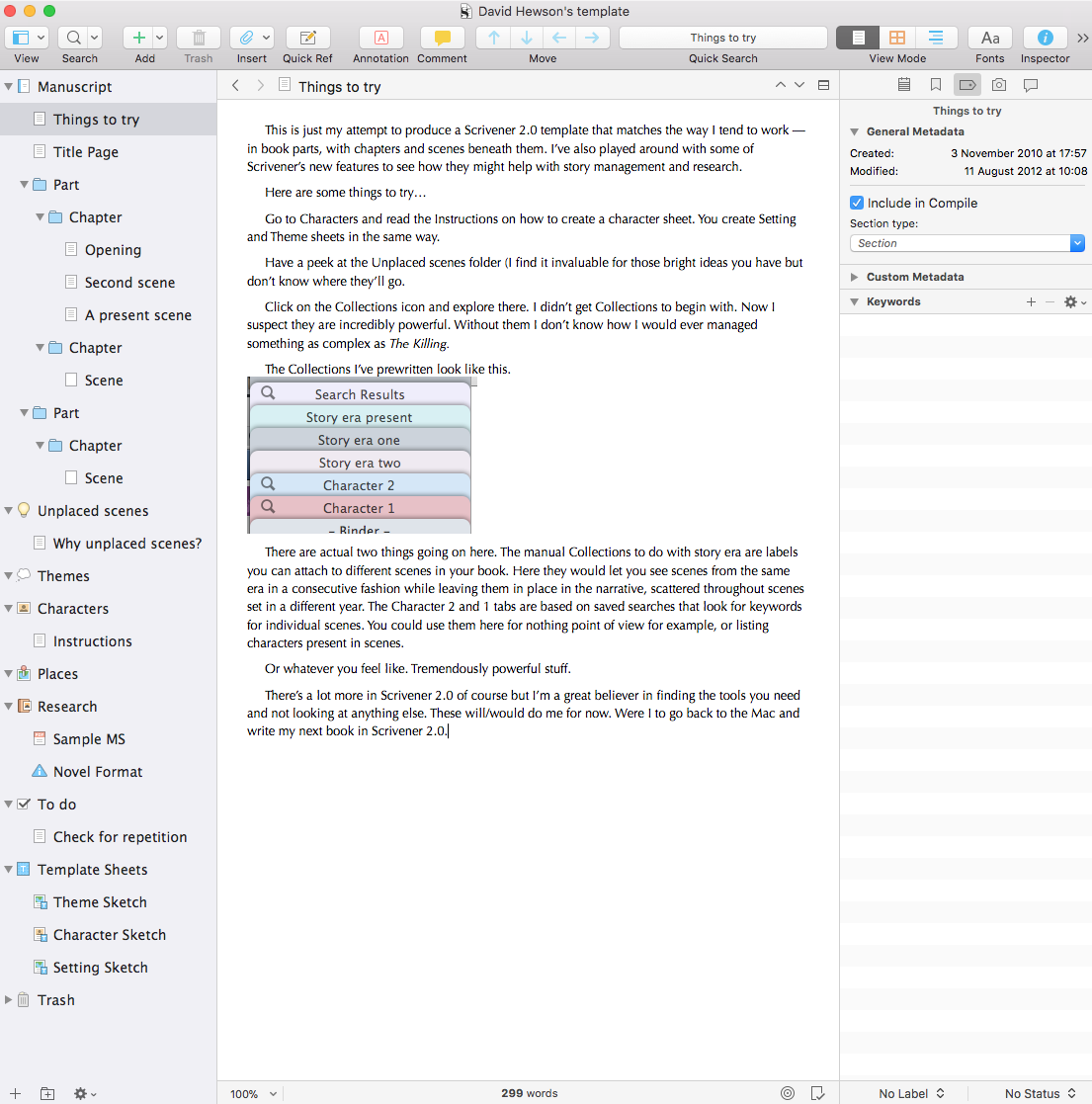
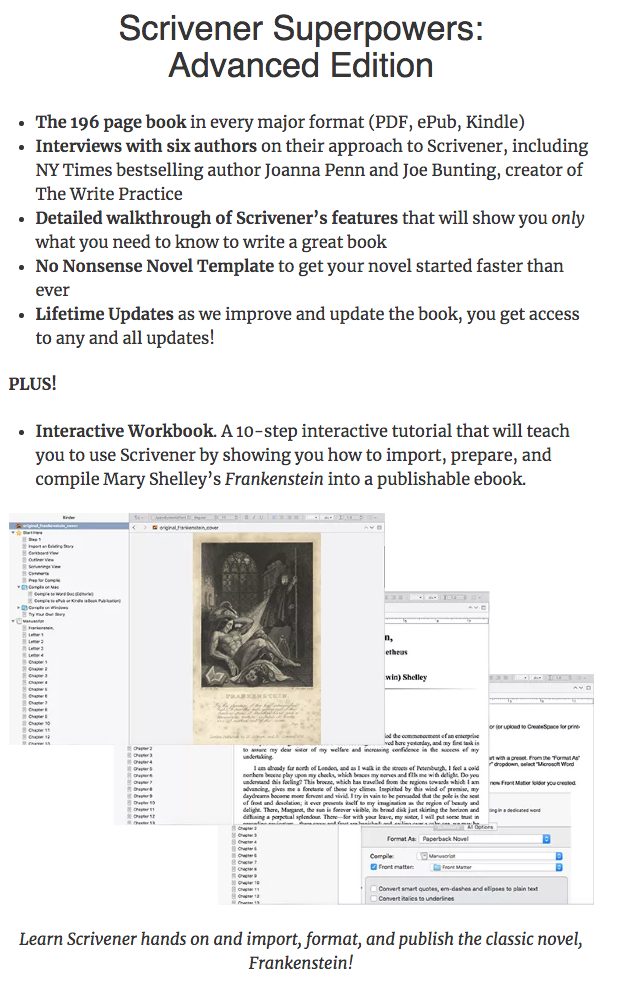
No Comments